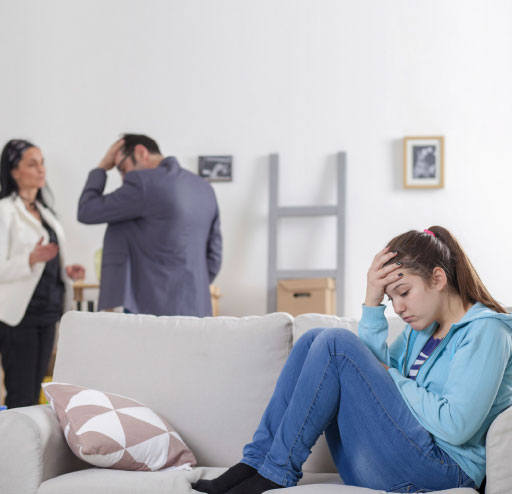Download a printable copy of this article (PDF 287KB)

There’s an old expression about partnership and cooperation that goes, “The right hand needs to know what the left hand is doing.”
This expression could be no more apt than when describing the way that parents, care givers and schools conduct themselves when bullying becomes a problem.
In all cases of bullying the result is likely to be less than satisfactory if schools, parents and carers act independently of each other either deliberately or unwittingly. Although any divide between parents, carers and schools is actually understandable, it is problematic because it is destructive. The person who loses out when families and the school are at odds about their approaches to bullying is the child.
When emotions run high and when the harm of bullying is evident, a natural human response is to find somebody to blame. While we can understand that blame might feel like the first thing we should determine, we all need to be the adults in the situation and realise that it’s just that – a feeling.
“I invite everyone to choose forgiveness rather than division, teamwork over personal ambition.”
– Jean-Francois Cope
Blame has proven time and again to be useless in the pursuit of the clear common goal of any bullying circumstance: for it to stop. Blame is a distraction from the work that really needs to be done, from the relational repair that needs to be facilitated and from the pain that those closest to the nub of the problem are experiencing. Blame is pointless when it comes to bullying.
Achievement of our common goal is about getting on the same page about strategy and language. Too often, it’s assumed that we are already on that figurative page, however, genuine responsibility comes from both parties writing that page. It is about being clear and explicit about the words we choose, the timelines we commit to and the actions we deploy.
Only then can we say that we’re genuinely working together for the child’s benefit. When we put differences aside and seek healthy compromise we are modelling for our children the optimism and approaches that people can effectively use to solve all manner of problems.
Bullying presents as a stern test of our ability to make calm, rational decisions under pressure. The temptation to assign blame and to be right, rather than being productive, is incredibly strong. However, parents and carers who can reach out calmly to the school for help, partnership and fellowship have proven to have the highest success rates when it comes to putting bullying in the rear view mirror of your child’s school experience.
Sometimes, the hard question we need to ask is whether we’re prepared to stay calm, resist the urge to blame others and to actively problem-solve in order to release our children from the dangers of bullying’s grip.



